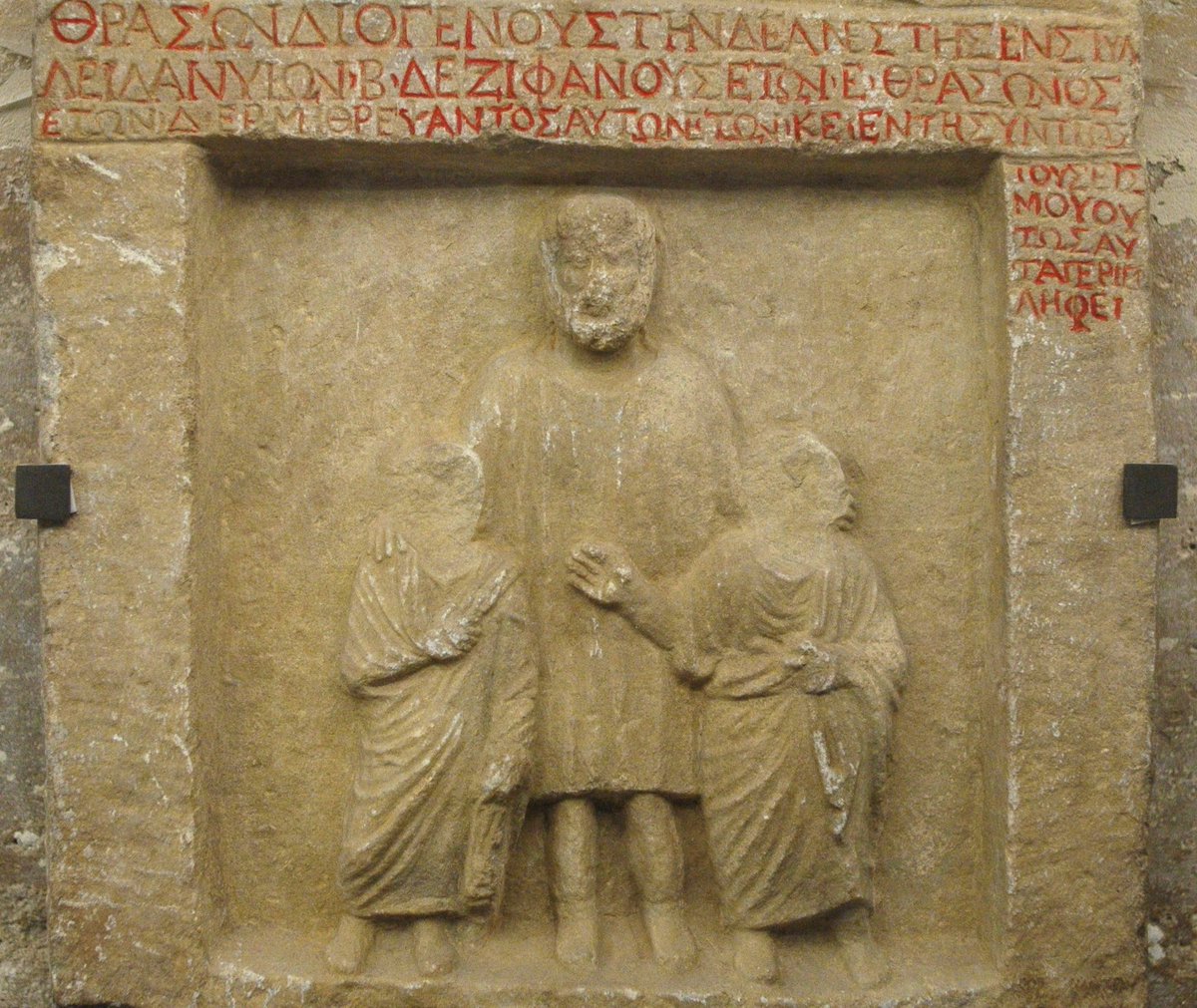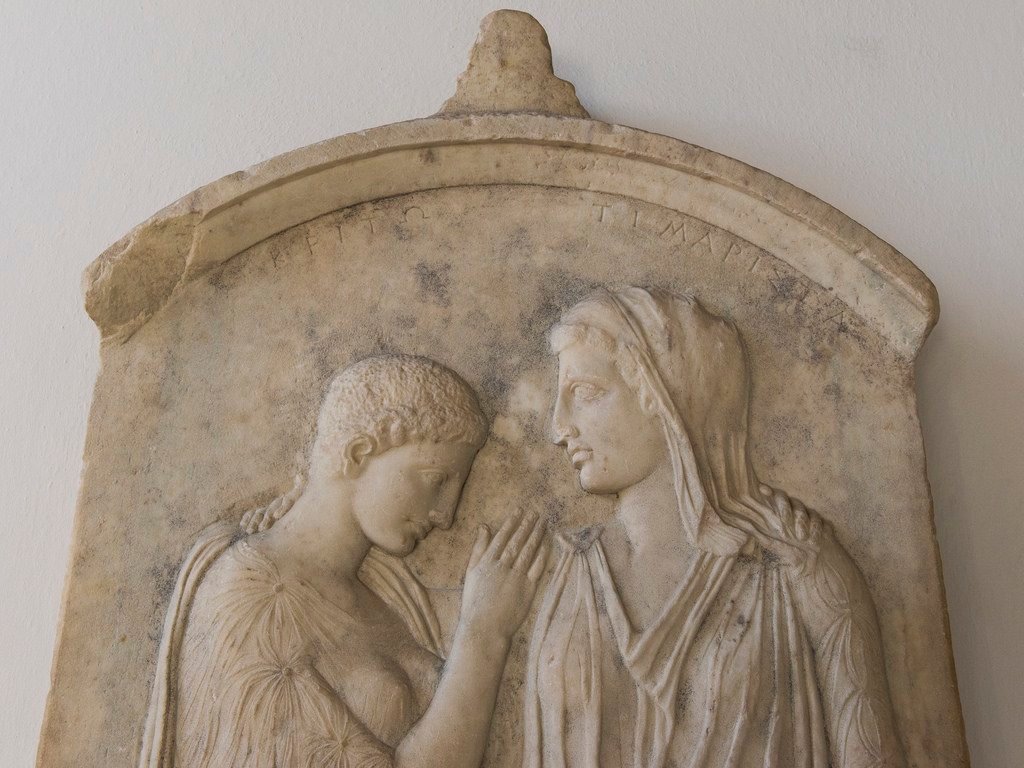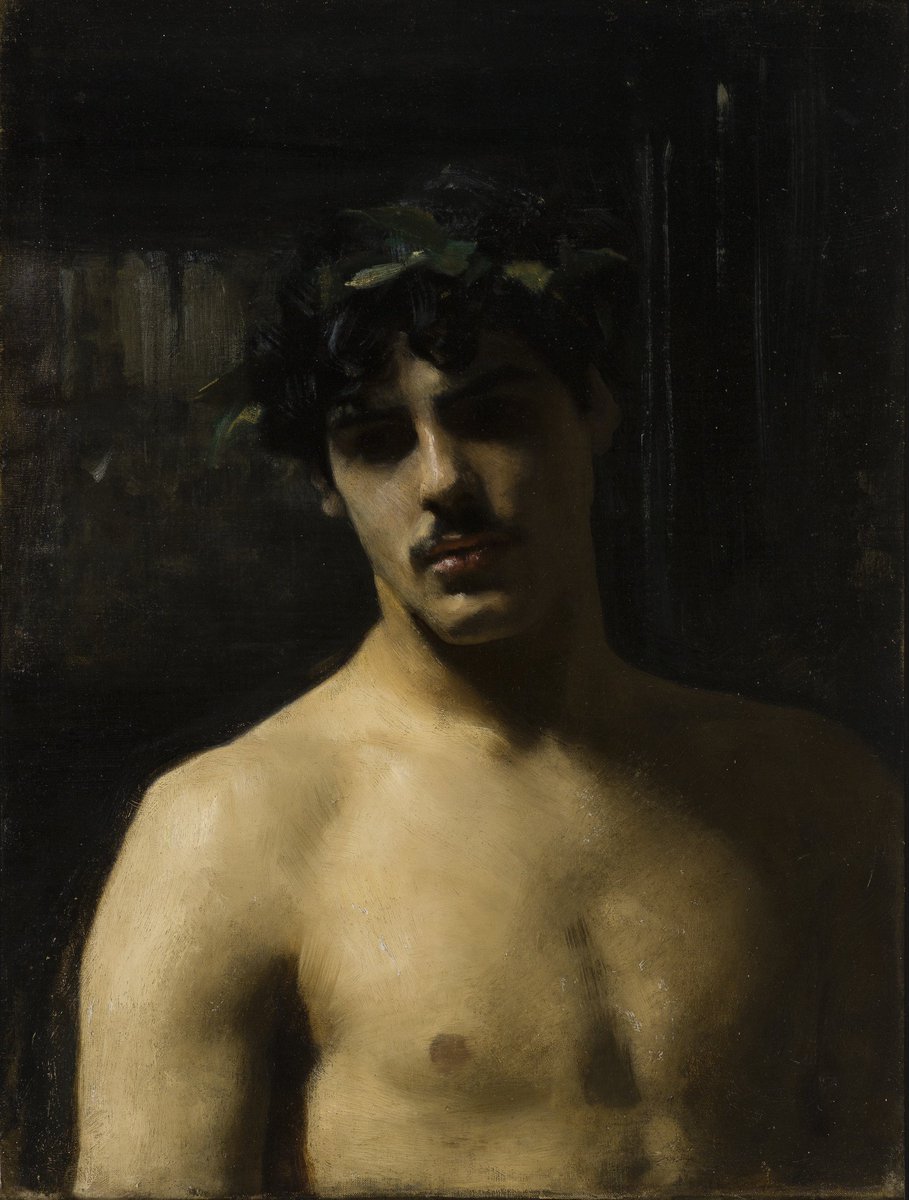at Met Museum.
The Piraeus 4th c. BC epitaph is recorded as EG 69, 4 Epigrammata Graeca [1]
in Athens.This meant grave stelai were visible to all who entered & left the city with each passerby reading their epitaphs, thus keeping the memory of the dead alive [2]


























